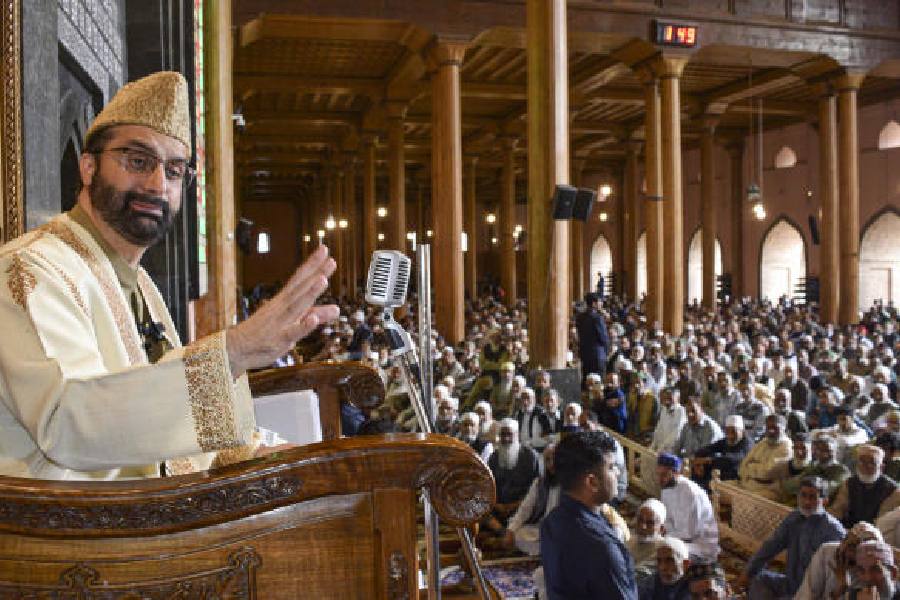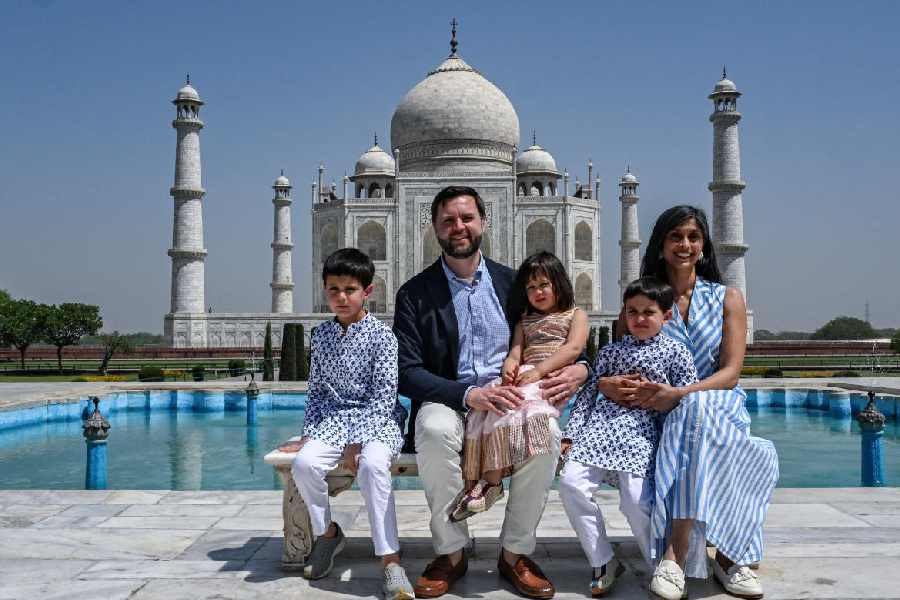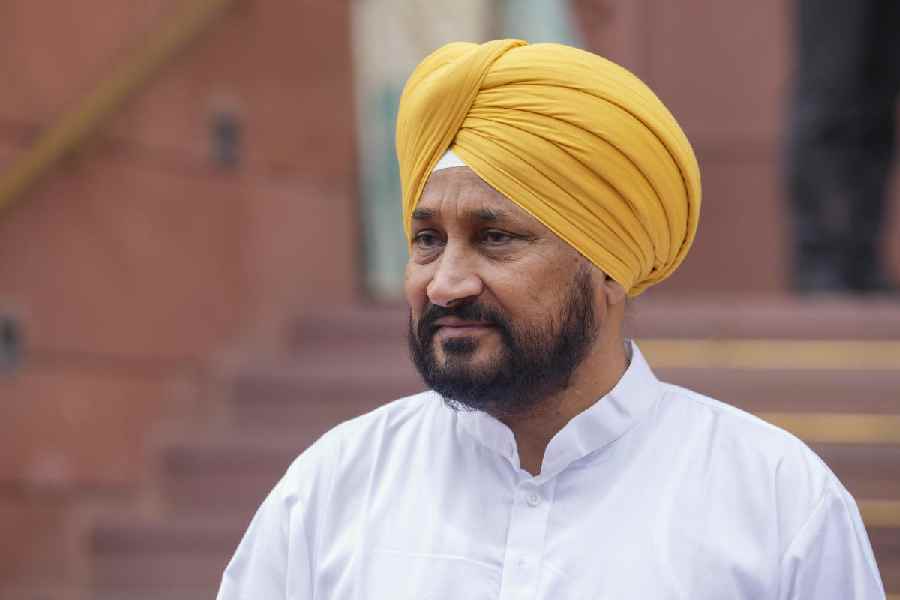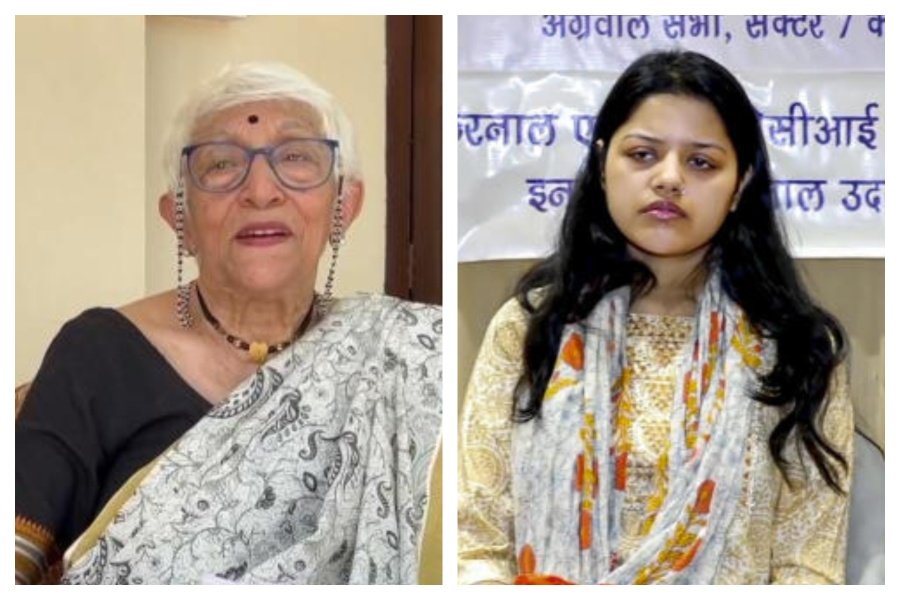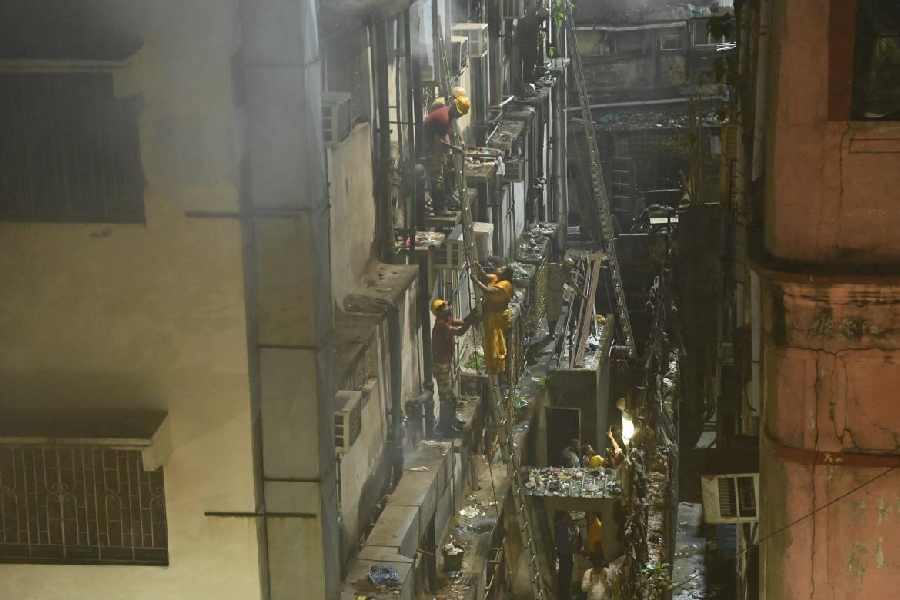
STAR Movies Select HD recently curated a short film festival in which critically-acclaimed shorts from across the world were screened every weeknight. Among them was Lila, a silent film by Argentinian filmmaker Carlos Lascano that has scored 2m views on YouTube alone since it released in 2014. t2 caught up with Lascano on email to chat on Lila, the future of the short and his faves.

What is the high and the challenge of telling stories through short films?
The challenge is huge and motivating. The limitation of time means that you are forced to synthesise the concept as much as possible, to be more precise and not get lost in details while trying to keep the depth in the story. The short film format is generally approached with limited production resources but also with a lot of freedom, which gives us filmmakers the opportunity to experiment, to deal with otherwise risky intricate subjects, to be less politically correct and to try new narrative techniques. In short, to do things that would probably be much more complicated to attempt while working on a feature length.
Does being a short filmmaker require a different set of aesthetics and a different kind of temperament?
I don’t think you have to be different. Creative people are creative beyond the formats and the media. All kinds of art have common rules that transcend the medium. Filmmaking, whatever the format, always requires a lot of passion and perseverance, and above all, if we are truly committed to creativity and we want to improve and develop our ability to achieve excellence, we must be very self-critical and learn from our mistakes. It’s always better to do something, even if we fail, than to not do it at all. Our work is the legacy we leave behind us.
In Lila, how tough was it to convey a plethora of emotions in a wordless film?
Narrating without the use of dialogue is part of my method of storytelling, it comes naturally to me. When sketching storyboards, I always try to make sure that the story is told in a purely visual way, so the audience’s understanding does not depend on what the characters say. In this way, the complicity with the spectators is established at a more primary level that connects quickly with their emotions.
Also, in these days of social networking, where people often watch a video without even putting the sound on and lack of attention of the audience is a growing issue we filmmakers are starting to face, making the story understandable in a purely visual way broadens the scope of the audience you can reach. Lila has reached about 15m viewers on the Internet since it released and that’s amazing for a nine-minute-long short film.
Why did you choose this short to complete your aesthetic trilogy that started with A Short Love Story in Stop Motion in 2008 and then A Shadow of Blue in 2011?
The concept of a trilogy was not intentional, it’s something that kind of happened naturally. The two previous short films refer to the invisible bridge that links fantasy and reality. However, the main characters were somehow passive, they lived in either the reality or the fantasy. I felt that I needed a stronger character, someone who could change and modify things here and there. That’s how Lila was born.
Lila’s game of complementing fragments of reality with drawings is inspired from something I used to do as a child. I’ve always liked drawing, and it’s still my most natural form of expression. Sometimes I would put a piece of paper on top of a photograph from a magazine and complete it by drawing something unusual, which turned the whole image into something completely new. With time I realised that even today, I still do the same thing in some way — we artistes interpret reality by adjusting it to our needs, what is reflected in a work becomes part of the reality, subtly modifying it. Our reality is what we perceive of it. Life is a journey we have to make with a suitcase full of magic and fantasy.
What is the future of the short film genre?
I see in the short film genre an exciting future of experimentation and freedom. We are living a very interesting moment. The freedom to tell stories is broader, thanks to the technological advances that make accessible tools that not long ago were only accessible to big studios. In addition to this, the opportunity to distribute video over the Internet allows us to immediately share our work globally. That’s wonderful and if we know how to make clever use of it, it’s a great chance for us filmmakers to keep the short film format alive as a pure form of artistic expression, free of many of the limitations — imposed by society, the audience and/or the market — that feature films have
HIS FAVE FIVE SHORTS
La ruta natural (The natural route)
Directed by: Alex Pastor
The idea is excellent and very creative. A true masterpiece.

Father and Daughter
Directed by: Michael Dudok de Wit
One of the most heart-touching short films I’ve ever seen… simple, with a great soundtrack and perfect timing.

Bastille (from Paris JeT’aime)
Directed by: Isabel Coixet
I wish this film were done by me. The storytelling is great and the production is minimal. The use of music creates a contrast with the drama, bringing in an ironic air that fits perfectly with the story.
Paperman
Directed by: John Kahrs
I love the aesthetic. The animation is superb and the storytelling is classical and works very good.
Life Lessons (from New York Stories)
Directed by: Martin Scorsese
This film touched very deeply. I loved the way the camera moves, the use of the music, and the sadness of the story.


